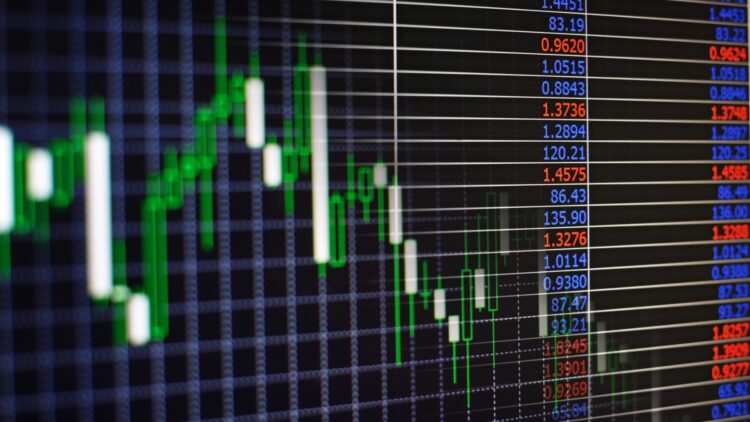This week was turbulent for global stocks. After months of market and trade tension between the United States and China, an unexpected shift in negotiations reignited investor optimism. Shares rose, driven by this new market movement, based on rumors that the economic rivalry between the two great powers is about to reach a truce. Experts say the current sentiment should be cautious. But while the disputes aren’t over, diplomatic signals indicate that a new cycle of stability may be on the way.
Stock market rally: The relief investors were waiting for
This movement only occurred after statements by President Donald Trump, who, following the tariff increase for some countries, even threatened tariffs of up to 100% on Chinese products, stated that he “doesn’t want to hurt” China and that “everything will be fine.” This change in stance by the president was enough to calm sentiment.
In Asia, this action already had an immediate effect. The Hong Kong Stock Exchange rose 3%, and the Shanghai Composite Index posted gains after long days of declines. In Europe, these markets followed suit, with markets like London and Frankfurt ending the day higher. Gold, which is more stable during uncertain times in the financial market, hit record highs this week but began to retreat as the mood turned positive.
Although the market showed a positive reaction, some analysts caution that this optimism should be approached with caution. “It’s a technical relief, not a structural solution,” an economist at ING noted. For the financial market, the fact that Washington and Beijing are resuming talks could be enough to reignite a risk scenario — even if differences still exist.
Which sectors benefit most from the trade truce?
Companies like Apple, Intel, and Nvidia, which rely on components manufactured in China, saw their shares soar after the tariffs were lifted.
Another sector that also benefits is the automotive sector. Manufacturing companies like Tesla were facing increased production costs, largely due to tariffs. Now, the company sees a potential cost reduction, as well as greater predictability in supply chains. This has also been the case for American farmers, who can now turn to China and resume purchasing agricultural products, such as soybeans and corn, if negotiations progress.
Between relief and caution: What to expect going forward
According to some experts, although current signs are positive, the financial market between the two countries remains uncertain. The trade conflict between the United States and China is rooted in long-standing strategic issues, such as technology and national security, and this goes beyond the recent tariff actions. There is a long-term struggle for economic and technological influence between the countries, even if the situation is now calmer.
Some multinational companies have already been adopting measures to reduce risks, and among these actions, we can identify the diversification of production chains and the search for new trading partners. In the sector, this is called “friend-shoring,” which is a practice that favors countries in Southeast Asia and Latin America, which could become alternative destinations for factories and investments.
A fragile balance and a volatile market
The shifts in the stock market landscape have made it clear that they depend on diplomacy between the US and China. The brief shift was enough to generate a wave of confidence, even though the situation remains fragile. Despite this, the roots of the conflict remain, along with the dispute for technological and commercial leadership.
Meanwhile, those tracking and trading on the stock market remain poised between hope and fear. The trade truce between the US and China will determine the future of the market in the next stages. This applies to not only the direction that the stock market will take but also to the global economic balance. For now, economists and experts are closely monitoring the situation’s developments.


